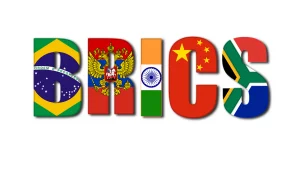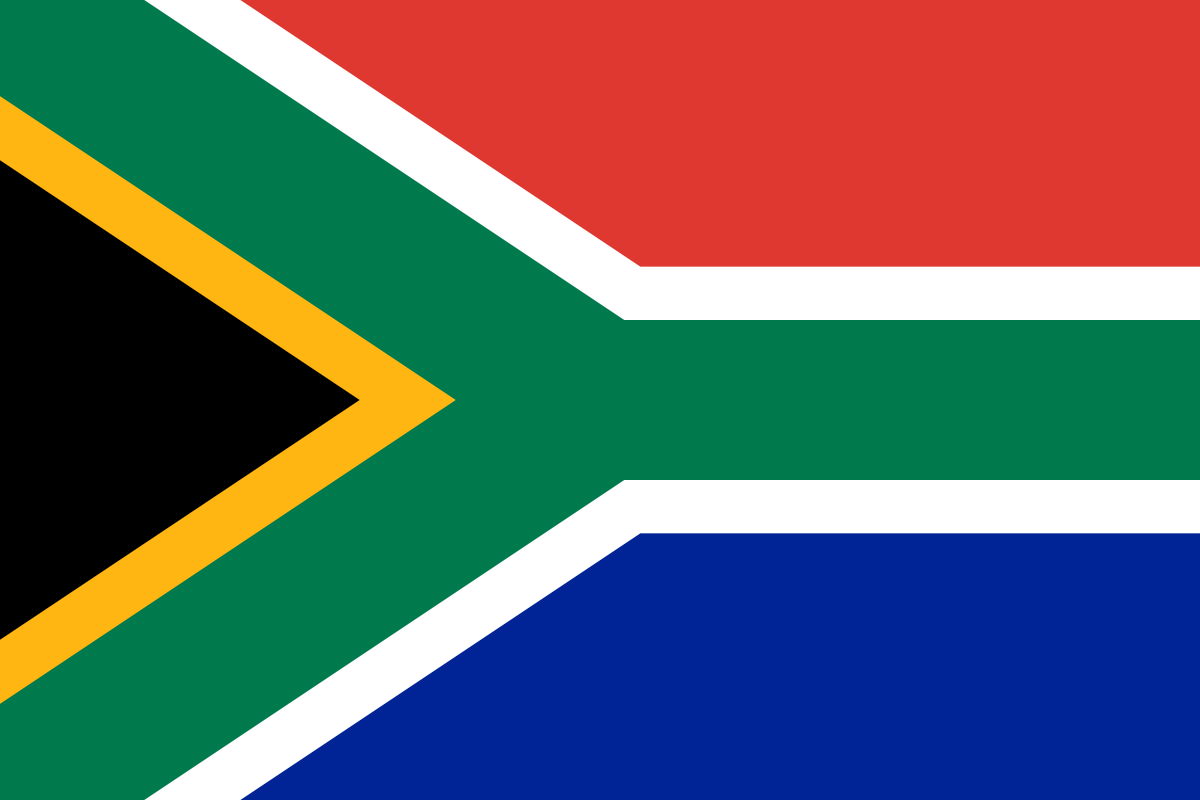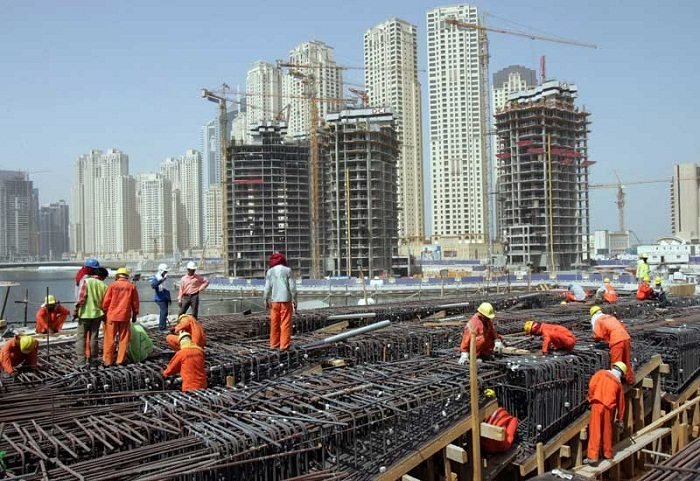South Africa has a significant part to play within the BRICS alliance, serving as both a point of entry into the region and a driving force behind African unification. It also has a major role to play inside the group and likely has a great deal of responsibility in serving as a credible bridge to the prosperity of the rest of South Africa.
The globe is excited about the country’s potential for progress because it is a part of the world with an incredibly high rate of development that is rising. Its economy will probably expand over the next ten years. Africa would be better off if it could enhance its administration, economics, and technological standards as well as commerce and infrastructure linkages; in this regard, South Africa has a role to play and its membership in the BRICS further strengthens its position.
What is BRICS?
The acronym BRICS refers to Brazil, Russia, India, China, and South Africa as a whole. Jim O’Neill, a Goldman Sachs economist, coined the name BRIC (without South Africa) in 2001. South Africa appeared on the list in 2010. Because of their low labor costs, good demographics, and access to rich and diverse natural assets during a period of a global resources boom, Brazil, Russia, India, China, and South Africa have consistently been among the nations with the fastest expanding developed market economies in the world.
It’s important to emphasize that the Goldman Sachs thesis did not predict that these nations would create a formal commercial alliance or even a political union (like the EU). Instead, Goldman claimed that they could create a strong economic union, even though it admitted that its projections were wildly ambitious and reliant on important policy premises. However, it was implied that political influence would come with a strong economy, and in fact, BRICS leaders frequently gathered for conferences and worked together to advance one another’s objectives.
An analysis of bilateral trade with South Africa in the BRICS
While the historical and cultural connections between SA and India are a contributing factor to the strength of its trade with that country, online trading South Africa securities is predominantly a demand-side phenomenon. The growing dynamism of intra-BRICS commerce, which began at the turn of the century, is highlighted. China’s brisk economic growth, accompanied by a sharp increase in demand for basic commodities, and South Africa’s abundant natural resource base are two major contributors to this dynamism. India and China are dominant according to measures of the volume and competitiveness of online trading.
In 2010, South Africa was added to the BRIC (Brazil, Russia, India, and China) alliance. At the same time, two things happened: first, the value of its shipments to BRIC overtook the export earnings to the European Union (EU) for the initial time. Instead of trade shifting from the EU to BRICS, as some experts believe, the latter scenario is likely due to the increasing BRICS desire for SA’s natural resources and the EU’s slow recovery from the financial crisis worldwide.
However, the EU remains a significant commercial partner for South Africa, with BRICS quickly trying to catch up. To attain more inclusive and sustainable growth, South Africa may take advantage of the disparities in the trade structures of the other BRICS countries and the EU. Intra-industry trading with the EU would benefit the (highly skilled) manufacturing and services sectors, whereas trade in environmental assets is much more likely to generate jobs in (low-skilled) labor-intensive key industries. Given this, online trading between South Africa and the two blocs may have beneficial complementing benefits.
The BRICS: Three things you should know
- Variety but Teamwork:
The BRICS are socially and financially varied, which is the first factor. Although the BRICS make up over 30% of the world’s GDP, there are still significant discrepancies across the five nations. The largest economy is that of China, which is larger than the economies of the other four combined. South Africa is last, contributing only 2% of the BRICS countries’ combined GDP in the previous year.
- Various Financial Options:
The BRICS have started creating new global organizations, straying from their informal origins, which is the second point to be aware of. The New Development Bank, a $50 billion lending vehicle to fund construction projects in underdeveloped nations, will be established by the conclusion of this year by BRICS.
In order to protect their economy against pressures on the world’s financial system, the BRICS are also establishing a $100 billion Contingency Reserve Arrangement. It is no surprise that the BRICS initiated these measures in response to their dissatisfaction with the lack of representation of emerging nations in the Bretton Woods institutions. The U.S. Congress’s intransigence has prevented the World Monetary Fund from ensuring transparency that would have given developing nations vote shares proportional to their market size. However, with IMF reform needing to be in reach, new BRICS organizations present a compelling alternative to institutions run by the United States.
- Multilateralism that is inclusive:
The third thing to understand is that other nations outside the BRICS are also attempting to influence the new global order. Mexico, Indonesia, South Korea, Turkey, and other nations want to have a bigger say in how the world is run. The New Silk Road program and the Asian Infrastructure Investment Bank (AIIB), which also have eclipsed the BRICS bank, are only two examples of how China is strengthening its power. Though UN and IMF transformation may be blocked, new, more democratic negotiating parties that give emerging powers a place at the table have proliferated in recent years. The BRICS are key players in the international organizations that are currently promoting global cooperation, including the Group of Twenty (G20) and the Nuclear Security Summit program.
To Sum UP!
The ramifications of South Africa-Brazil-Russia-India are discussed in the article. Trade partnerships between China and the BRIC-SADC positively impact South Africa’s economic development. The analysis tracks the times when SA is plagued by changing exchange rates of currencies and rising living expenses, as indicated by the increasing consumer price index (CPI).
Auto-regressive- regressive redistributive modelling (ARDL) was used on series data for the period from 2005 quarter 1 to 2017 quarter 3, going backwards country’s growth on the key variables of interest, South Africa-BRIC, and South Africa-SADC trade balances. The empirical findings show a strong long-term correlation between both the chosen variables.
However, the analysis of the results shows that online trading with South Africa with the BRIC countries had a negative impact on the country’s economy, whilst its trade with the SADC region had a favourable impact. For South Africa-BRIC commerce, trade diversity continues to be a significant concern. Continued invention, investigation, and improvement will increase profits from the profitable BRICS trade and the underutilized SADC trade by shifting export dependence from primary products to automated products.




